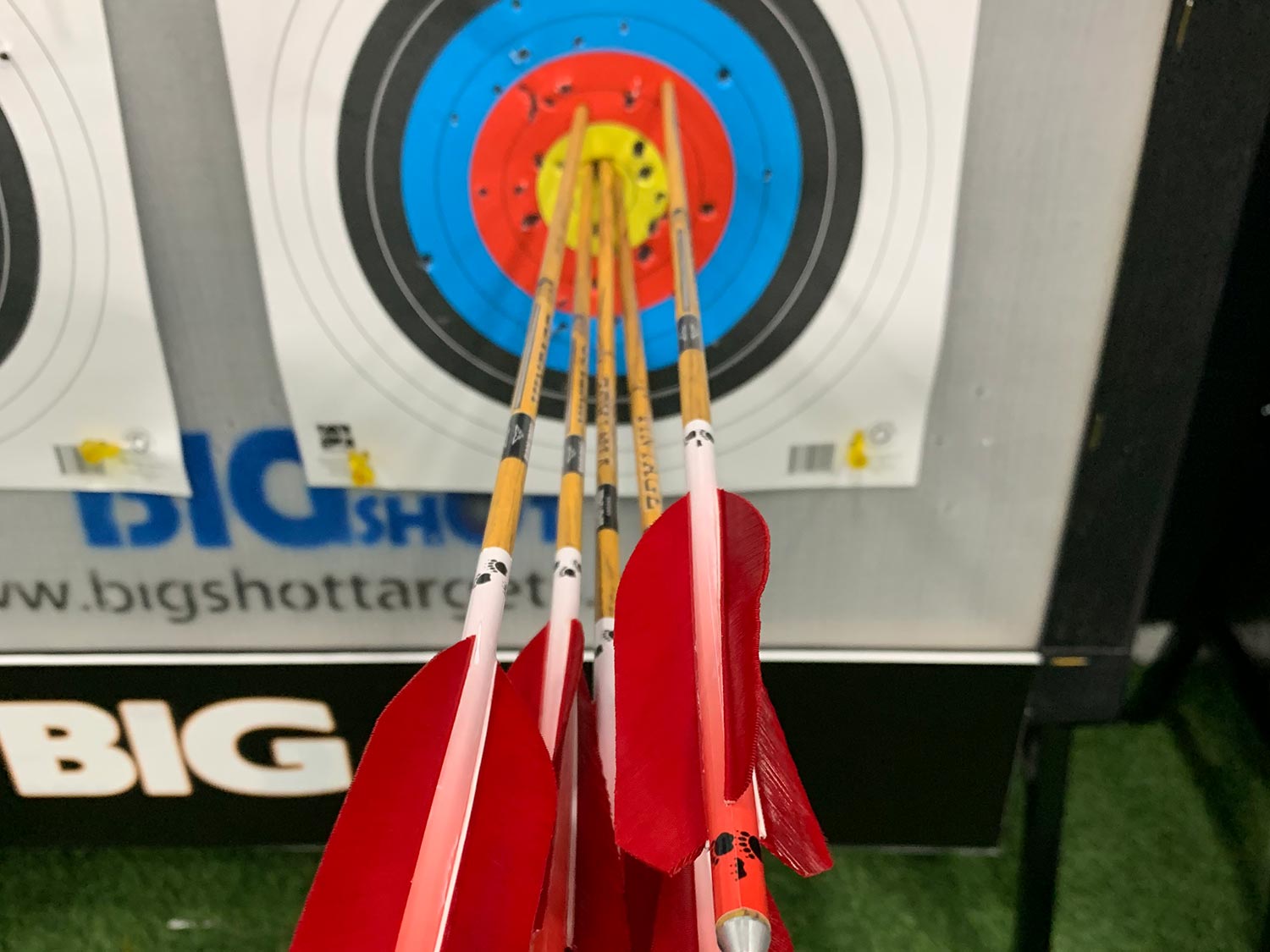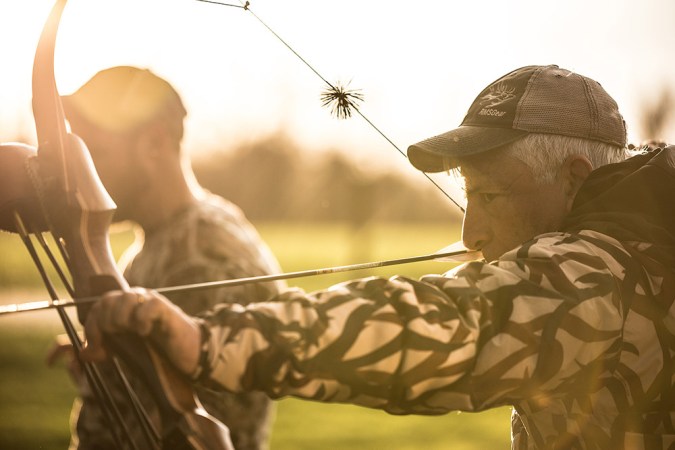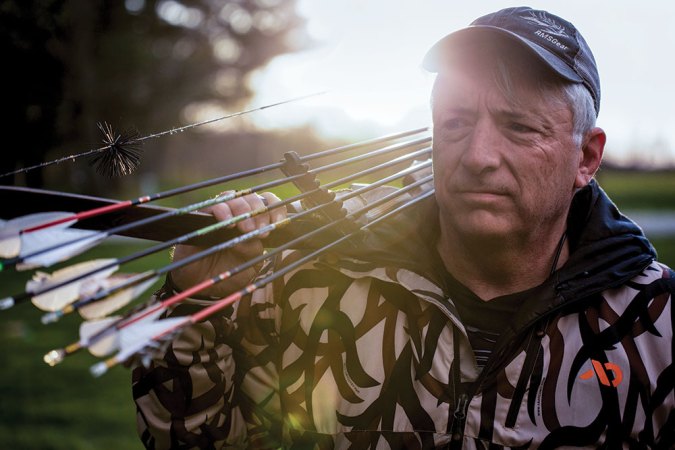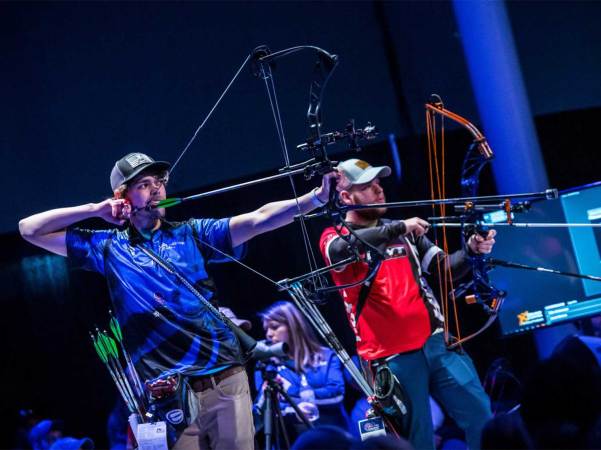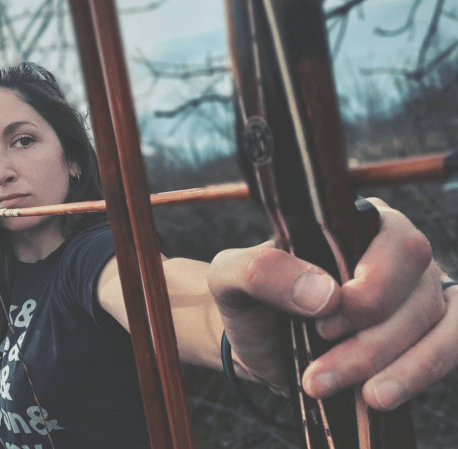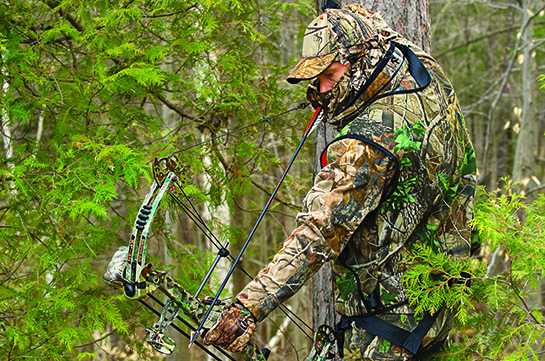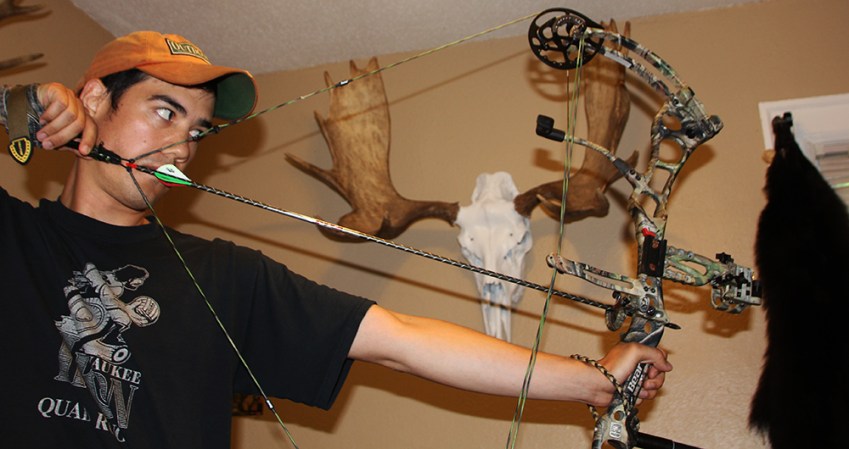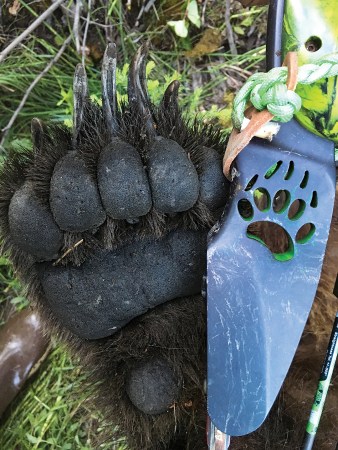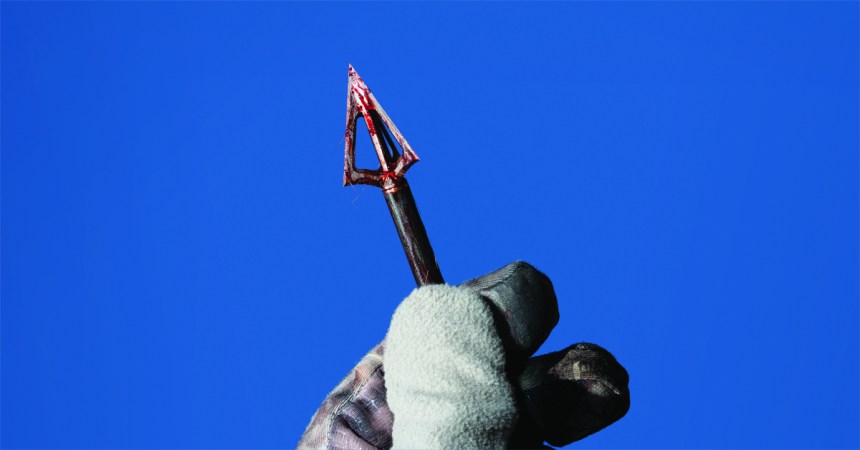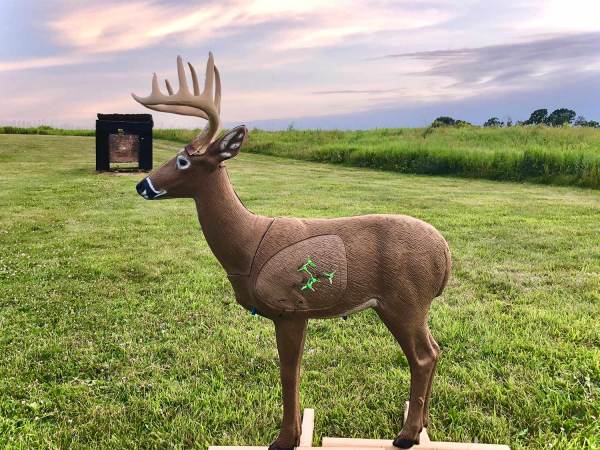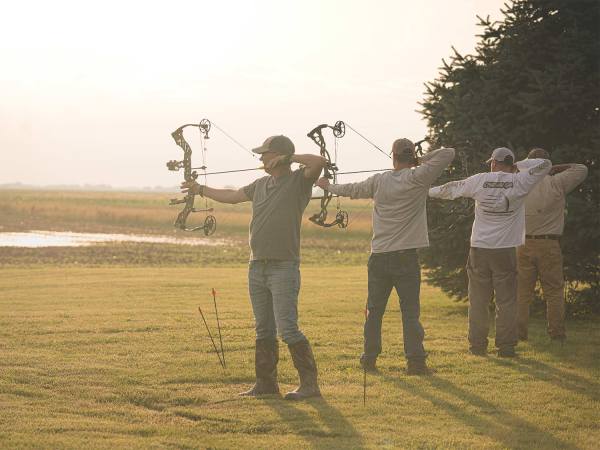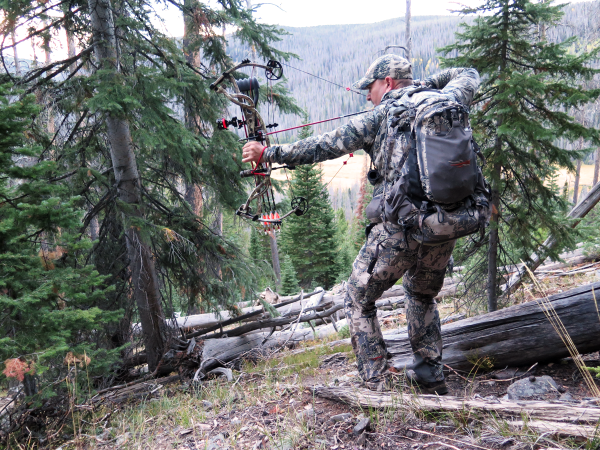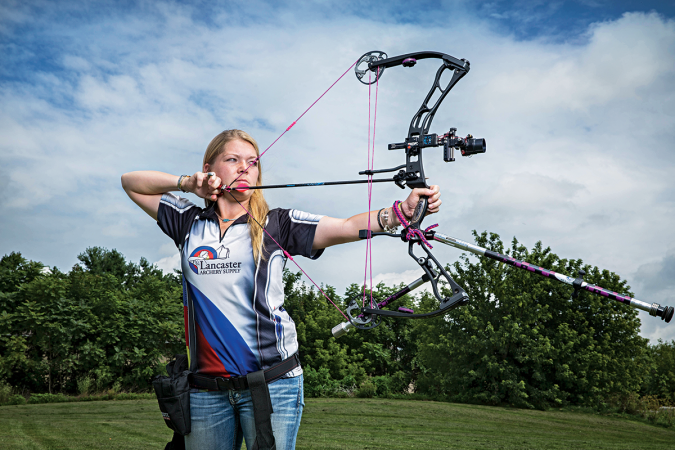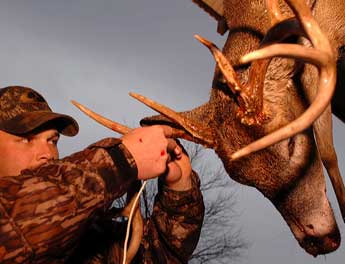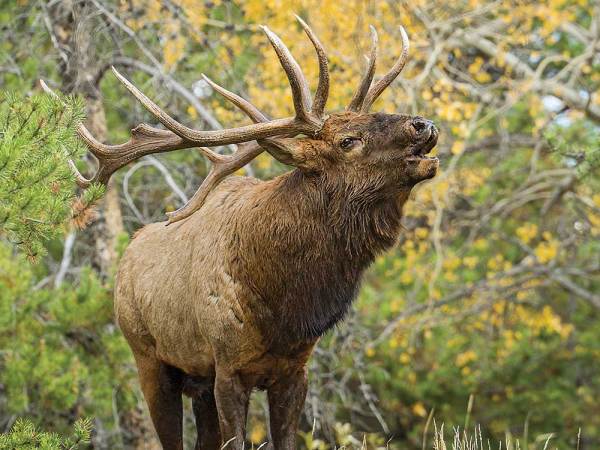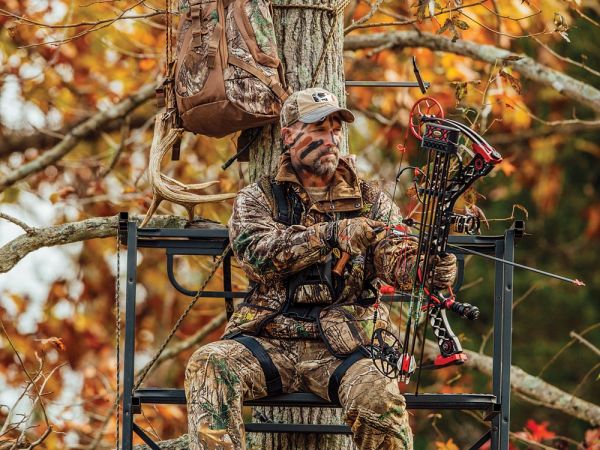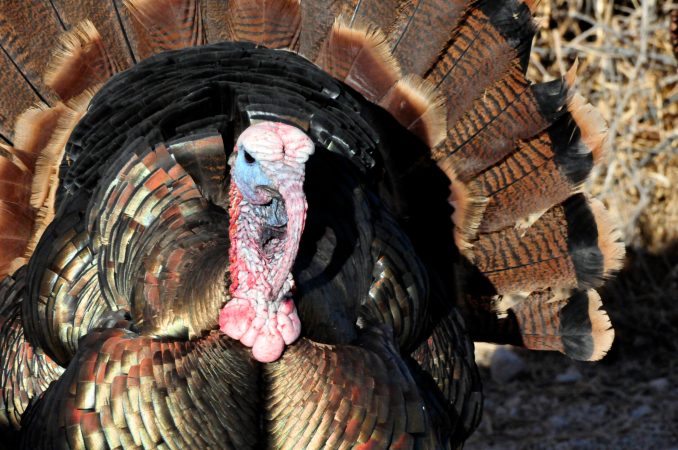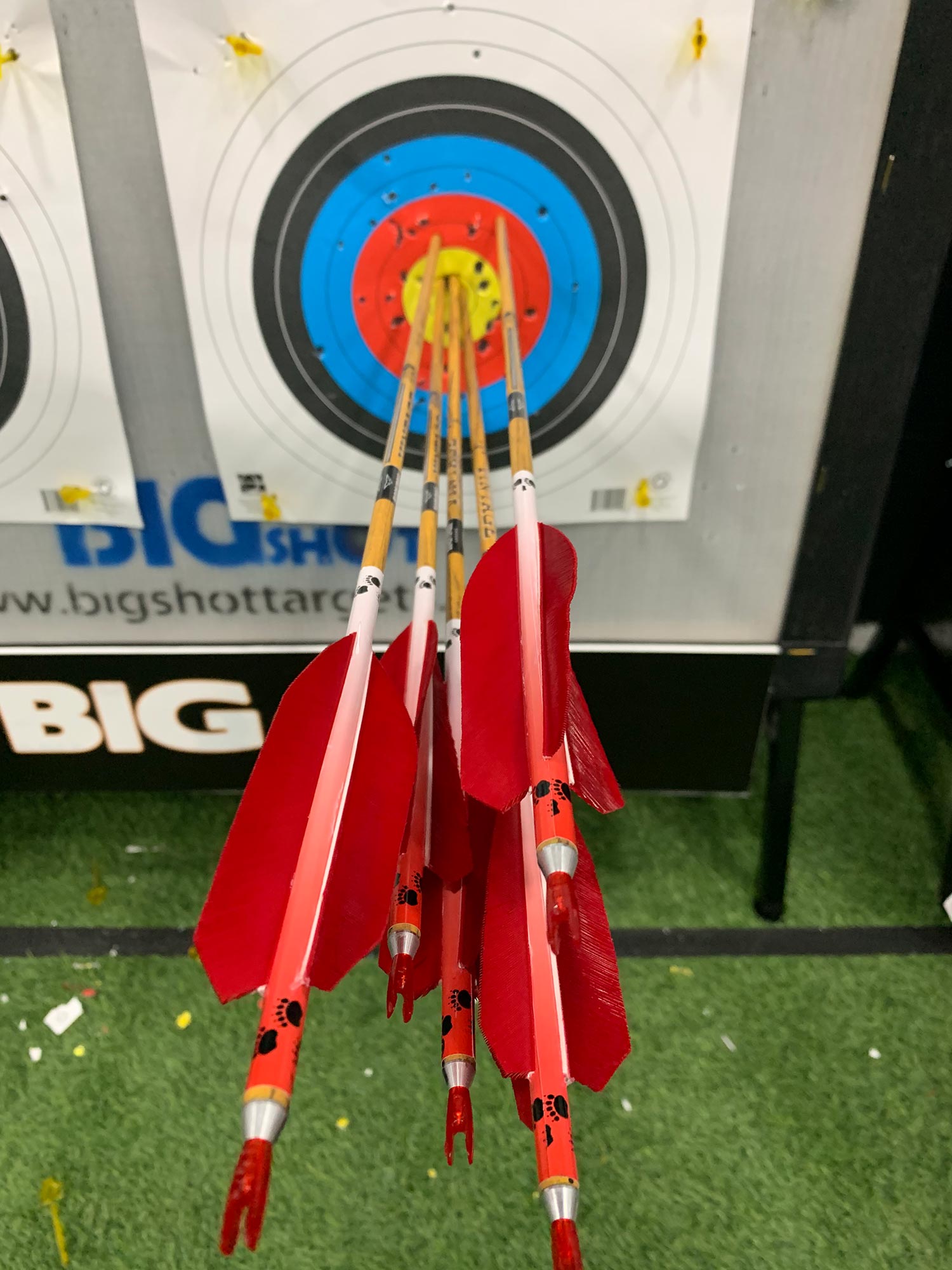
I recently competed in the barebow division of the esteemed Lancaster Archery Classic … and I got my ass kicked. My performance is forever-immortalized in the score cards posted on the internet that will haunt me till the end of time. In the days that followed, I asked myself “what the hell happened?” and the “how can I use the experience to become a better hunter?” My growth and continuing to improve as an archer and bowhunter can be found in the answers to those two questions.
My world is primarily hunting with a bow (in this case a traditional bow). I’ve shot in local and regional 3D events, and although I enjoy competition in just about any form, different types of shooting are a means to an end in becoming a more effective hunter with a recurve or long bow. Traditional or “trad” bowhunters are an interesting lot. The majority of us are some of the most fantastic people you’ll meet. But shooting trad bows accurately can be mentally taxing, and when frustration sets in, you should probably give us a bit of distance. Mechanics play a huge role in consistent accuracy, and there are better resources than ever to help us improve. But the mental side of shooting a trad bow (hell, any bow) is equal, or even more important, than perfect form. Many trad shooters poo-poo the idea of shooting spot targets on a line at 20 yards, but I think it can be an incredibly valuable tool for any bowhunter, especially to participate in competitive shoots.
A common theme you’ll see in forums and on social media trad groups when referencing this type of competition is something along the lines of “I shoot better on fur than paper.” With very few exceptions, I have to say no, you don’t. Shooting paper and keeping score, even just for practice, can be a huge eye-opener for someone who only shoots for minute-of-lung. Assigning value to each arrow, if you’re being honest, is usually a gut check. I think most of us tend to remember the highlights and “insta-groups” and subconsciously confuse those with being our “normal.” Now, this doesn’t mean you have to be an ultra-accurate shooter to be a successful hunter, but most of us want to maximize our shooting potential and be the most effective and ethical hunters we can. Keeping score helps track progress and keeps us accountable to the standards we want to reach.
Every bowhunter can benefit from participating in a competition, whether it’s a local event or the Lancaster Classic. As hunters, we can use every pressure-inducing situation we can experience to prepare ourselves for that one shot at a big deer or bear. I’ve seen people scoff when someone talks about the pressure at Lancaster. If that’s you, just remember when they call you up to the line with hundreds of other archers for your first end, your palms are pouring sweat, and all you can see is target faces flashing with every beat of your heart. It feels like an out-of-body experience. I felt like I forgot how to shoot a bow. As soon as you complete your draw, your brain is screaming “SHOOT!” You get through your first three arrows, then you do it again…19 more times.
I went to Lancaster shooting well enough (in practice) to be competitive, but folded under the pressure, big time. There are a laundry list of excuses, but I know that’s all they are. As far as what happened, I found that the palm sweating changed the feel of my grip, the adrenaline didn’t let me feel the muscle engagement I was used to, and I let the head rush keep me from running the shot I had run all day in practice. It was a very similar feeling to having an animal in front of me at 20 yards, but with a much smaller margin for error, and that continuous stress lasted for almost four hours of shooting. I slowly was able to get a respectable amount of control over my shot and finished strong, but the damage was done.
Read Next: How to Shoot a Traditional Bow: The Basics of Trad Archery
How will I use it to improve? The first step is the acknowledgement of my weaknesses that showed up in that situation—I wasn’t mentally ready to shoot as accurately as I could on that stage. Had I not experienced crushing failure, I would not be as painfully aware of the aspects of my shot that need the most work. Although my experience on the line was not “fun,” I think shooting under the stress of competition is extremely valuable to any bowhunter if channeled into strengthening your mind, mechanics, and determination to run a good shot. I will definitely be going back.

